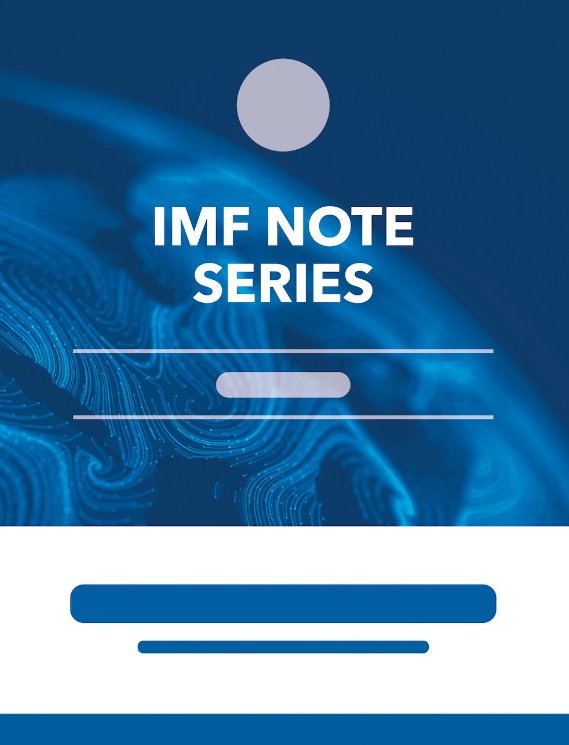Welfare Effects of Monetary Integration: The Common Monetary Area and Beyond
May 1, 2012
Disclaimer: This Working Paper should not be reported as representing the views of the IMF.The views expressed in this Working Paper are those of the author(s) and do not necessarily represent those of the IMF or IMF policy. Working Papers describe research in progress by the author(s) and are published to elicit comments and to further debate
Summary
This paper proposes a quantitative assessment of the welfare effects arising from the Common Monetary Area (CMA) and an array of broader grouping among Southern African Development Community (SADC) countries. Model simulations suggest that (i) participating in the CMA benefits all members; (ii) joining the CMA individually is beneficial for all SADC members except Angola, Mauritius and Tanzania; (iii) creating a symmetric CMA-wide monetary union with a regional central bank carries some costs in terms of foregone anti-inflationary credibility; and (iv) SADC-wide symmetric monetary union continues to be beneficial for all except Mauritius, although the gains for existing CMA members are likely to be limited.
Subject: Banking, Currencies, Inflation, Monetary base, Monetary unions
Keywords: CMA agreement, CMA arrangement, CMA country, CMA member, CMA monetary policy, monetary union, terms of trade, WP
Pages:
33
Volume:
2012
DOI:
Issue:
136
Series:
Working Paper No. 2012/136
Stock No:
WPIEA2012136
ISBN:
9781475503890
ISSN:
1018-5941






